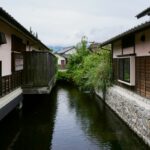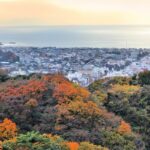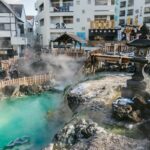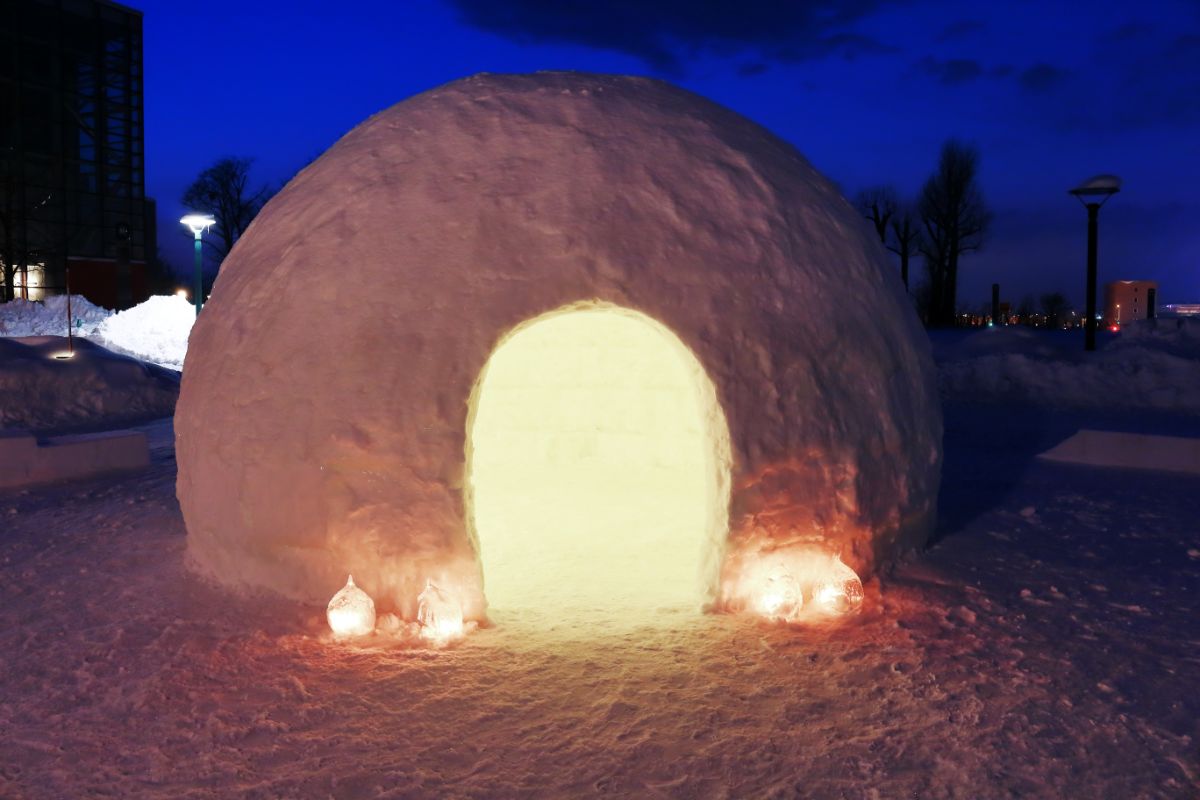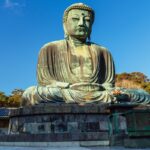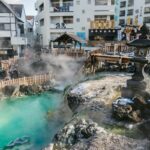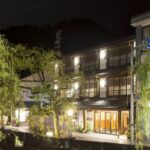Bessho Onsen has over a thousand years worth of history. It is said to be one of the oldest resorts within the Nagano prefecture.
The spring waters here are nicknamed as bijin. This is translated to English as ‘beautiful lady’. This is all down to the wonderful quality of the water. It is said to both beautify and heal.
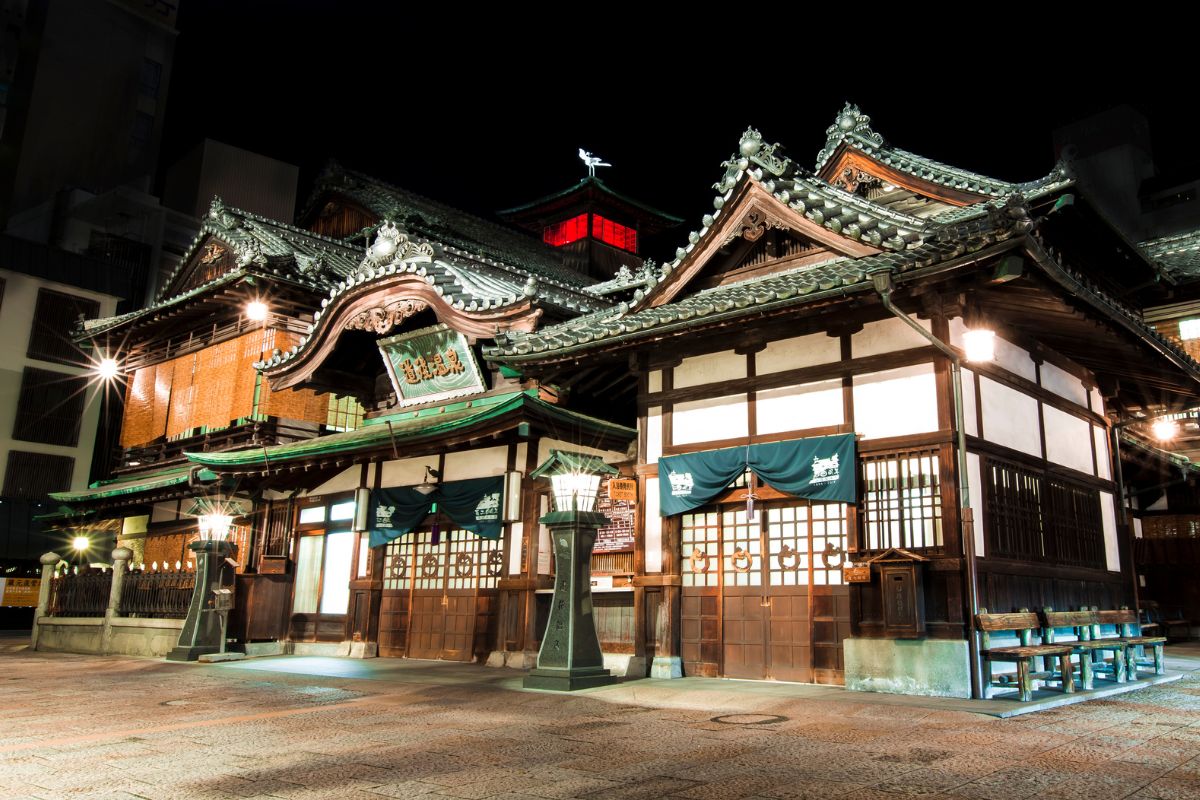
Most of the buildings in this area have been preserved. For this reason, Bessho Onsen is also referred to as the ‘Kamakura of Shinshu’.
You will find plenty of public onsen, as well as ryokan. This means you can make the most of the area within one weekend.
So, let’s take a look at Bessho Onsen in more detail in this travel guide (see also ‘A Beginners Guide To Onsen‘).
What Are The Onsen Like In Bessho Onsen?
There are four public bathing houses in Bessho Onsen. These include:
Oyu
The main one in the middle of town is called Oyu. It is open from six till 10 in the evening most days.
It is also really cheap at ¥150. It has a traditional onsen which is larger than the others. It also includes mixed spaces for men and women.
It offers bathers the chance to enjoy the hot spring water indoors and outdoors.
Daishiyu
This onsen is frequented by many locals. Tourists tend to like the other ones better. This is because it is very traditional. There are no sections for showering.
Even so, it is only ¥150. It is also open from six in the morning until ten in the evening.
If you are new to an onsen, it is best to avoid this one.
Ishiyu
This onsen, just like Oyu, is a popular onsen. Costing only ¥150, it is open from six until ten in the evening.
Just like Oyu, it is also common with tourists. You may notice a statue of Shotaro Ikenami outside of the building. This is because the novelist featured this hot spring in his book.
Many fans like to visit this onsen for that reason alone.
Aisome no Yu
Lastly, there is Aisome no Yu. This one is the most expensive at ¥500. This is due to it being very modern compared to the other three.
The time it opens is later too. You can visit from ten in the morning until ten at night.
It features numerous baths. These are both open air outdoors, and indoor. There are also modern facilities such as saunas and places for massages. As well as areas to relax.
What Are Foot Baths In Bessho Onsen?
Bessho Onsen also has what is called foot baths scattered around town. Here you can sit down and place your feet into them.
It is relaxing and also a chance to sit down after walking a lot.
You may also want to find some fountains which have dragon heads on them. They release hot spring water. It is said that this water has many benefits for your health (see also ‘5 Surprising Health Benefits Of Onsen‘).
What Things Can You See In Bessho Onsen?
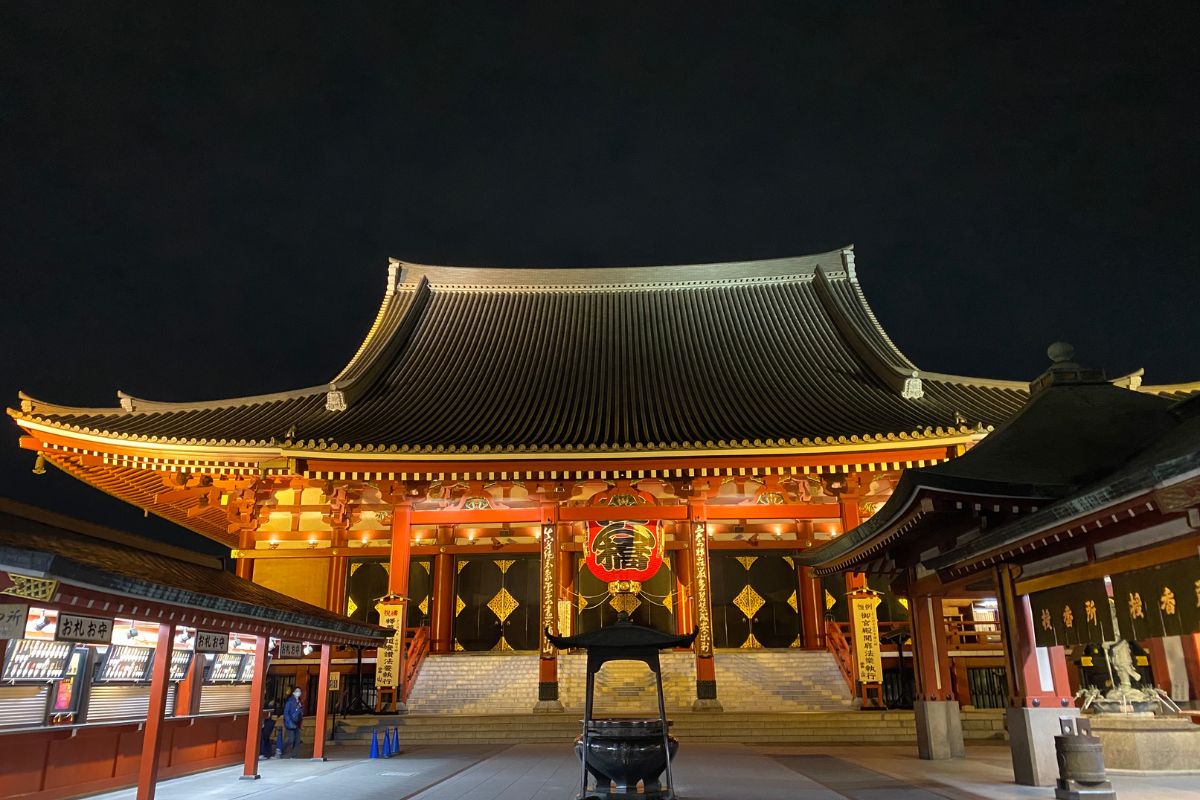
There are many things to see and do in Bessho Onsen. It is not just about enjoying the hot spring water. Though that is a good enough reason to be in this part of Japan.
There are also temples too. As well as hikes. Here are just some of the best places to visit while you are in the area:
Kitamuki Kannon Temple
This Buddhist temple can be found to the southwest of the town of Bessho Onsen. You will notice that it is a member of the Jôrakuji temple (see below).
It was founded in 825 by a priest named En-nin. However, it was destroyed during the 12th century by a fire.
In 1252 it was rebuilt. However, this is not the building that you see today. It was rebuilt again in 1721.
The temple itself is north facing. This is very rare when it comes to Buddhist temples. The name Kitamuki is translated in English as ‘facing north’.
The reason it faces north has its own story. People have said that the Buddhist Goddess, Kannon, wanted to be a spiritual guide. The focus was related to the Big Dipper in the sky helping to guide people at night.
Jôrakuji
This temple is the principle of Kitamuki Kannon (see above). You will find it located towards the north on the edge of Bessho Onsen. It is also only around 400 meters away from Kitamuki Kannon.
It was founded by the same man, En-nin. It was in the same year too, 825.
You can find mesmerizing pictures painted on each ceiling. Plus, it has a big thatched roof that looks wonderful when photographed.
You will notice there are statues of buddhas around the outside. Also moss covered pagodas.
Anrakuji Temple
Around 300 meters away from Jôrakuji to the southwest is the Anrakuji Temple. It is a zen school for Japanese Buddhism. It is also the oldest of its kind within the Nagano prefecture.
It was founded either in the 8th or the 9th century, but nobody can agree exactly when. This is because there are no records.
However, during the 13th century, the temple was developed. It started to decline during 1333 however. This was during the beginning of the Muromachi Period.
It was rebuilt in the 1580s. And gladly so. It is absolutely wonderful to see.
Just a note: there is a street within the center of town that connects both Anrakuji Temple and Kitamuki Kannon Temple. On this street are local delights and shops that sell souvenirs.
You will want to pick up some delicious manju buns which have been steamed by the onsen.
How To Get To Bessho Onsen?
Tokyo
If you are coming from Tokyo, then the best way to get to Bessho Onsen is by Shinkansen. In Tokyo, take the JR Hokuriku Shinkansen to Ueda Station. This will take around one hour and forty minutes.
Change to the Ueda-Dentetsu railway. Elite at the Bessho Onsen stop. This should take around half an hour.
You can also take a direct bus from Tokyo. The Seibu Bus has two buses every day that leaves from Ikebukuro straight to Bessho Onsen.
It takes four hours, but costs less than the above journey – though considerably slower.
Nagano
At Nagano Station, get on the JR Hokuriku Shinkansen to Ueda Station. This will take 15 minutes. Then change to the Ueda-Dentetsu railway. Elite at the Bessho Onsen stop. It will take 30 minutes.
Final Thoughts
Based in the Nagano Prefecture, there are plenty of traditional things to do in Bessho Onsen.
Revel in the delights of the local onsen spring water. Or travel to see the local temples. The area is full of rich history.
It is no surprise either. The area has been around for over a thousand years. A lot of the places have been preserved too.
While Tokyo and the hustle and bustle is attractive, why not check out the ‘old style’ Japan? It isn’t called the ‘Kamakura of Shinshu’ for nothing.
Spend your day sightseeing at the Zen school for buddhism. And then spend your evening eating good food. This can then be followed by relaxation in one of four onsen.
- 16 Best Websites To Watch Japanese Movies With English Subtitles - May 11, 2023
- Is ZIPAIR The Best Airline For Traveling To Japan? - May 11, 2023
- Ryu Murakami Vs Haruki Murakami – Which One Should You Read? - May 11, 2023

